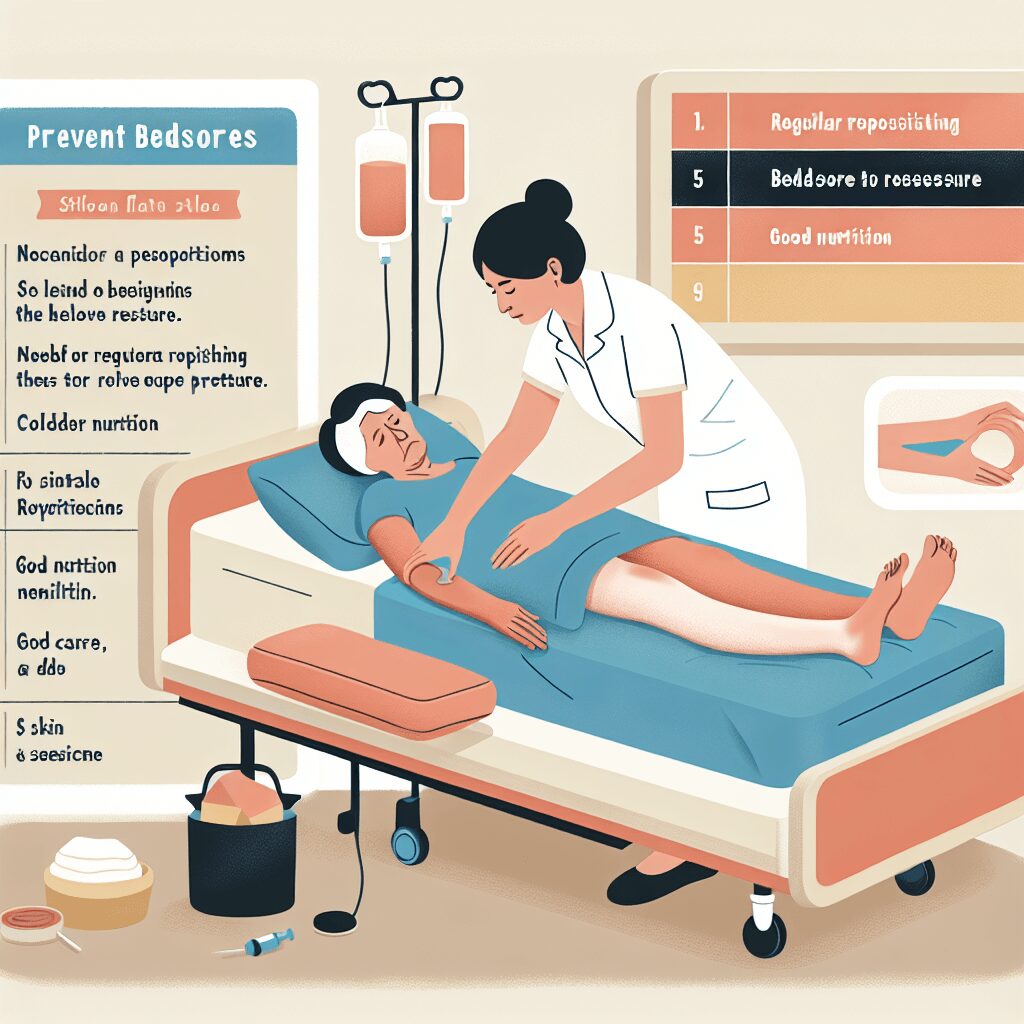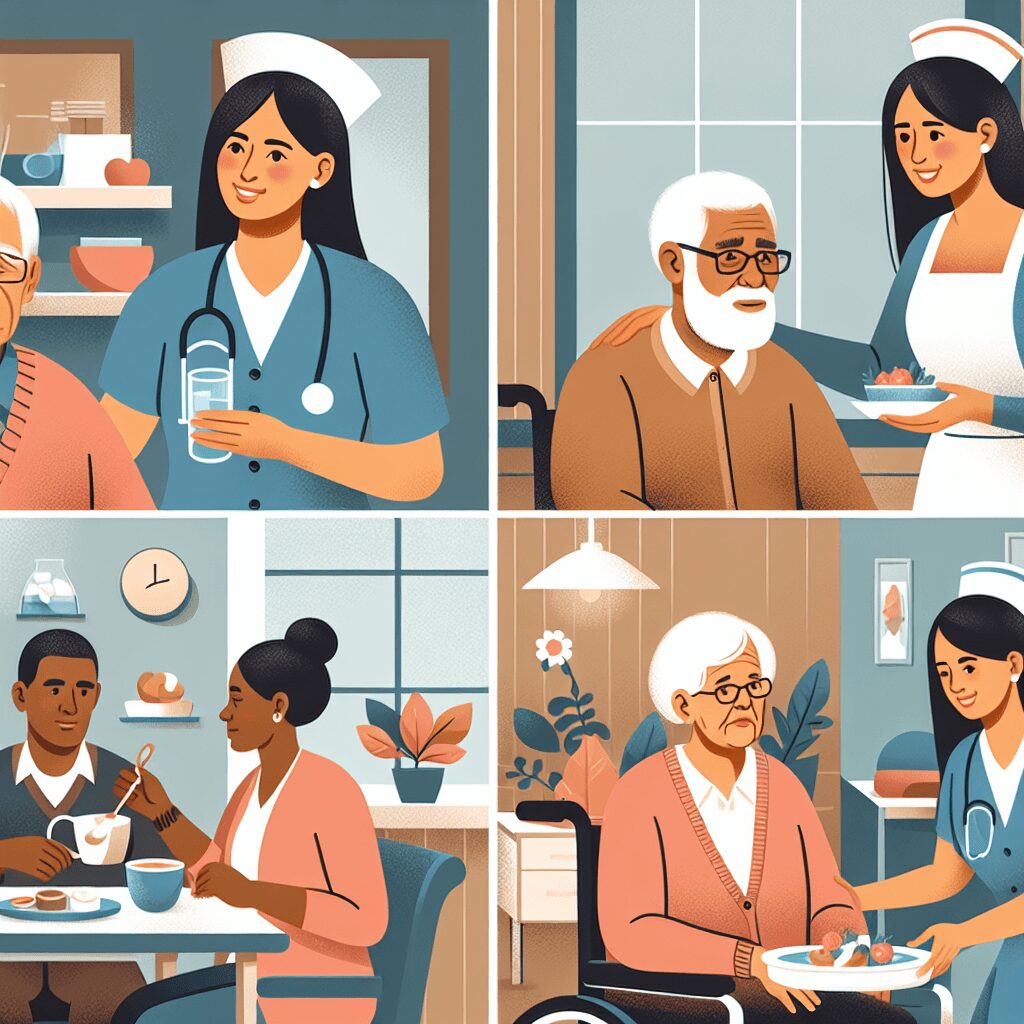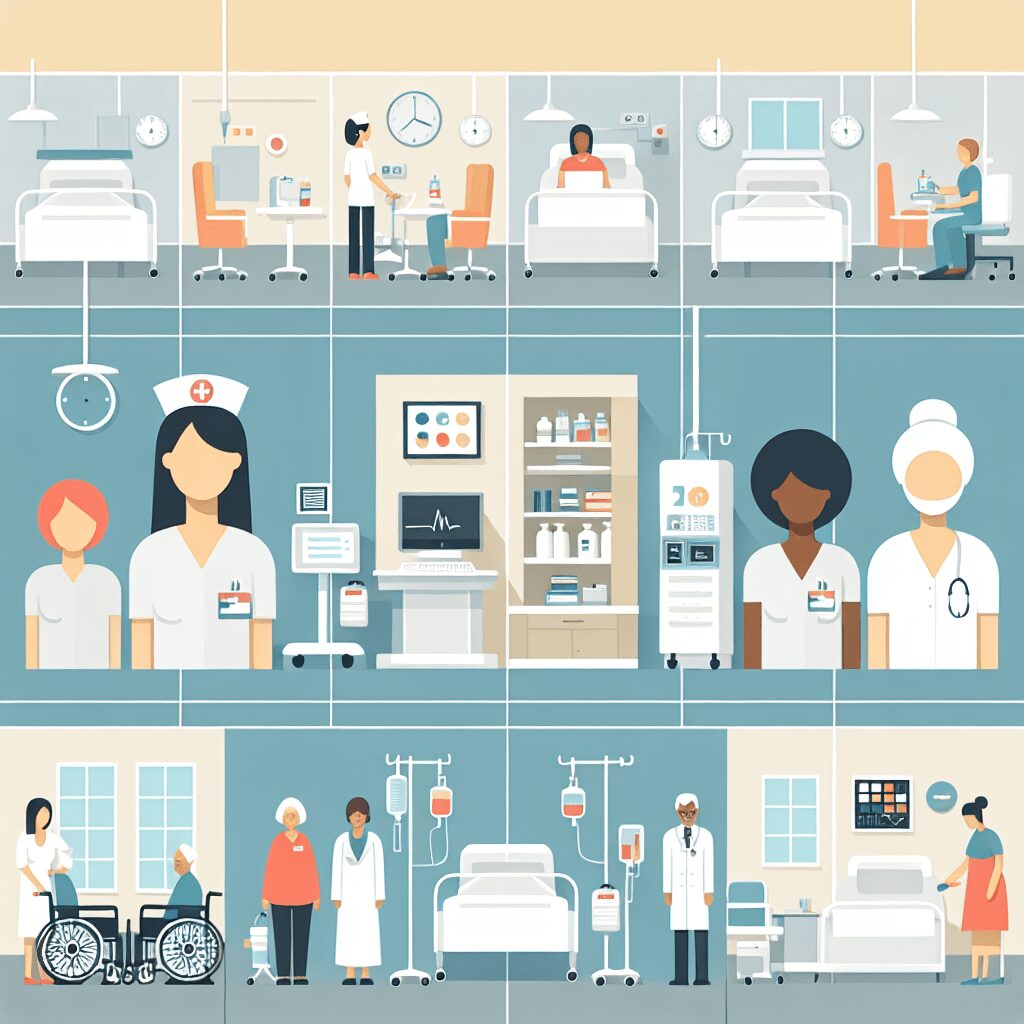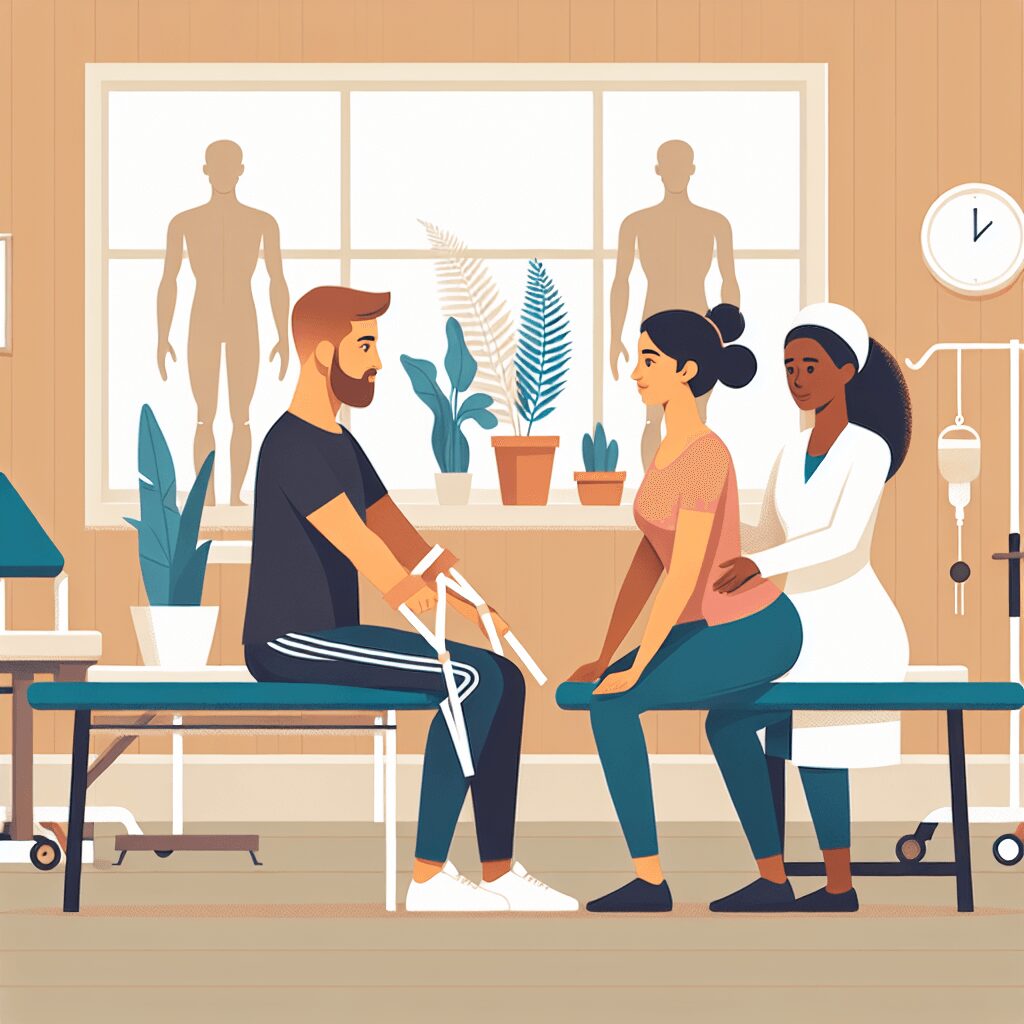Bedsores, or pressure sores, are a big problem for people in nursing homes. These sores hurt and happen when pressure stops blood flow in the skin. They mostly affect people who can’t move much. Not preventing or treating bedsores can cause serious problems, even death.
Knowing what causes bedsores is really important for nursing home staff and families. Doing things like moving residents around often and giving them good food can really help prevent bedsores.
Understanding Bedsores and Pressure Ulcers
What Are Bedsores and Pressure Ulcers?
Bedsores, or pressure ulcers, happen when skin is under prolonged pressure, causing serious wounds. Elderly nursing home residents are at high risk because of age, mobility challenges, and understaffing. Factors like immobility, incontinence, and poor health elevate the chances of bedsores. Neglecting to prevent or treat bedsores can harm patients and lead to legal issues for nursing homes. Legal cases may involve staff neglect contributing to pressure sore development.
Proper care, like repositioning residents, is vital in averting infections, complications, or death from bedsores. Quality care can reduce bedsore risk and legal problems in nursing homes.
Why Are Bedsores Common in SNF Facilities?
Bedsores are common in SNF facilities because of factors like age, immobility, and insufficient staff leading to neglect.
Elderly patients and those with mobility issues face a higher risk of bedsores. Continuous pressure on the skin in immobile patients can cause skin breakdown and lead to wounds or ulcers, raising infection risks.
Prevention in nursing homes includes repositioning residents, ensuring good nutrition and hydration, and using support surfaces to reduce pressure.
Family members can help by monitoring patients, promoting movement, inquiring about care procedures, and considering equipment like wheelchairs.
Legal action and compensation can be sought for cases of neglect to ensure proper resident care.
Legal Implications of Bedsores in Nursing Homes
Bedsores in nursing homes can lead to neglect cases. Negligence happens when staff don’t provide proper care, like repositioning residents to prevent pressure sores. This neglect can cause infections in blood, bones, and tissues, even leading to death. Legal action can hold nursing homes responsible, seeking compensation for any harm. Residents with bedsores have rights to proper care and can get legal help for abuse cases.
Understanding bedsores’ causes, signs, and prevention is important for elderly residents’ well-being in nursing homes.
Challenges Faced by SNF Facilities
Understaffed Nursing Homes and Bedsores
Understaffed nursing homes are closely linked to the development of bedsores in residents, especially vulnerable elderly patients. The lack of sufficient staff members often leads to neglect in providing adequate care, such as regular repositioning to prevent pressure ulcers. This negligence significantly increases the risk of residents developing painful and potentially life-threatening bedsores.
The impact of understaffing on proper prevention and treatment of bedsores is detrimental, as it hinders timely interventions, exacerbating the severity of open wounds and infections. Residents with mobility issues and health problems are at a particularly high risk in such environments.
Regulations and guidelines exist to address the relationship between understaffing in nursing homes and the occurrence of bedsores. These rules aim to ensure that staffing levels are adequate to provide the necessary care to prevent ailments like pressure ulcers. Compliance with these regulations is essential to avoid cases of nursing home neglect, promoting the well-being of residents and reducing the need for legal case reviews seeking financial compensation due to abuse or mistreatment. Familiarity with the signs of bedsores and proactive involvement by family members also play a crucial role in preventing these serious health complications.
Preventative Measures for SNF Facility Bedsores
Routine Patient Inspections and Repositioning
During routine inspections in nursing home facilities, staff members should make sure residents are repositioned adequately. This helps prevent bedsores and skin breakdown, especially in patients with mobility issues or advanced age who are at high risk. Proper skin care best practices include regular repositioning to relieve pressure and reduce friction and shear forces that cause bedsores.
Nursing home staff must monitor patients’ skin, identify early signs of wounds, and provide timely treatment to prevent infections. Family members can also assist by asking about care routines, encouraging movement, and considering legal review in cases of neglect causing bedsores. Prevention through proactive repositioning and attentive care can significantly lower the risk of bedsores and ensure residents’ well-being.
Proper Skin Care and Hygiene Practices
Proper skin care practices are important to prevent bedsores and pressure ulcers. One way is to frequently reposition patients to relieve pressure on vulnerable areas. This helps with blood flow to the skin, reducing the risk of bedsores, especially in elderly patients with mobility issues.
Support surfaces and cushions can also be used to distribute pressure evenly, reducing the chance of skin breakdown and open wounds. Hygiene is key in preventing bedsores in SNF facilities. It lowers the risk of infections that can make the healing process of pressure sores more complex.
Failure by staff to provide sufficient care, like repositioning residents, can lead to severe complications. Infections that impact the blood and surrounding tissues can arise. Therefore, it’s vital for trained nursing home staff to be alert to early signs of pressure sores. They should act quickly to prevent progression to advanced stages and seek proper treatment to avert severe complications that could be life-threatening.
Utilizing Support Surfaces and Cushions
Support surfaces and cushions are important in nursing homes to prevent bedsores. They distribute pressure evenly and reduce the risk of skin ulcers. Repositioning with these aids helps to reduce friction and shear, which are common causes of bedsores.
Staff should be trained to use support surfaces effectively, especially for residents at high risk due to age or mobility issues. Regular repositioning can prevent wounds, enhance comfort, improve blood flow, and reduce infections. Family members can advocate for using these aids to prevent pressure ulcers.
In cases of neglect leading to bedsores, legal action, including seeking financial compensation, may be necessary to address the harm caused to the resident.
Advantages of In-Home Skilled Nursing for Bedsore Prevention
In-home skilled nursing offers a significant advantage in preventing bedsores compared to traditional skilled nursing facilities (SNFs). With the personalized and continuous care provided by in-home services, nurses can frequently monitor and adjust care plans based on the patient’s specific needs and responses. This individualized attention ensures that preventive measures such as regular repositioning, skin assessments, and tailored nutritional support are effectively implemented and adjusted as necessary.
Moreover, the comfort and familiarity of being in one’s own home can enhance the overall well-being of patients, particularly those with limited mobility or chronic conditions that increase their risk for bedsores. In-home skilled nursing allows for a more dynamic and responsive approach to care, where interventions can be promptly administered, and family members can be more involved in the day-to-day care of their loved ones. This involvement is crucial in ensuring that preventive measures are consistently applied and adapted to the patient’s evolving health status, thereby significantly reducing the risk of developing bedsores.
FAQ
What are bedsores, and why are they a concern at SNF facilities?
Bedsores, or pressure ulcers, are wounds that develop on the skin from prolonged pressure in one area. They are a concern at SNF facilities because immobile residents are at high risk. To prevent bedsores, staff should regularly reposition residents and provide cushions and skincare.
What steps can be taken to prevent bedsores in residents at SNF facilities?
Regularly repositioning residents, using specialized mattresses and cushions, keeping skin clean and dry, ensuring proper nutrition and hydration, conducting skin assessments, and implementing a skincare routine can help prevent bedsores in SNF residents.
How often should residents be repositioned to prevent bedsores?
Residents should be repositioned every 2 hours while in bed to prevent bedsores. Using pillows or foam wedges can help support proper positioning.
What role do proper nutrition and hydration play in preventing bedsores?
Proper nutrition and hydration are crucial in preventing bedsores by promoting skin health and tissue repair. Examples include consuming adequate protein for tissue healing and staying hydrated to maintain skin moisture.
How often should skin assessments be conducted to prevent bedsores in residents?
Skin assessments should be conducted daily for residents at high risk for bedsores. Assessments should be performed for residents at moderate risk every 2-3 days. Examples of high-risk residents include those with limited mobility or sensory perception issues.
Ensure your loved ones receive the best in-home care they deserve at ABET Life Home Health & Caregiving. Our dedicated experts are trained to provide frequent repositioning, proper nutrition, and individualized skincare routines to prevent bedsores. Contact us today to learn more about how our focused approach can maintain the health and comfort of our patients.







